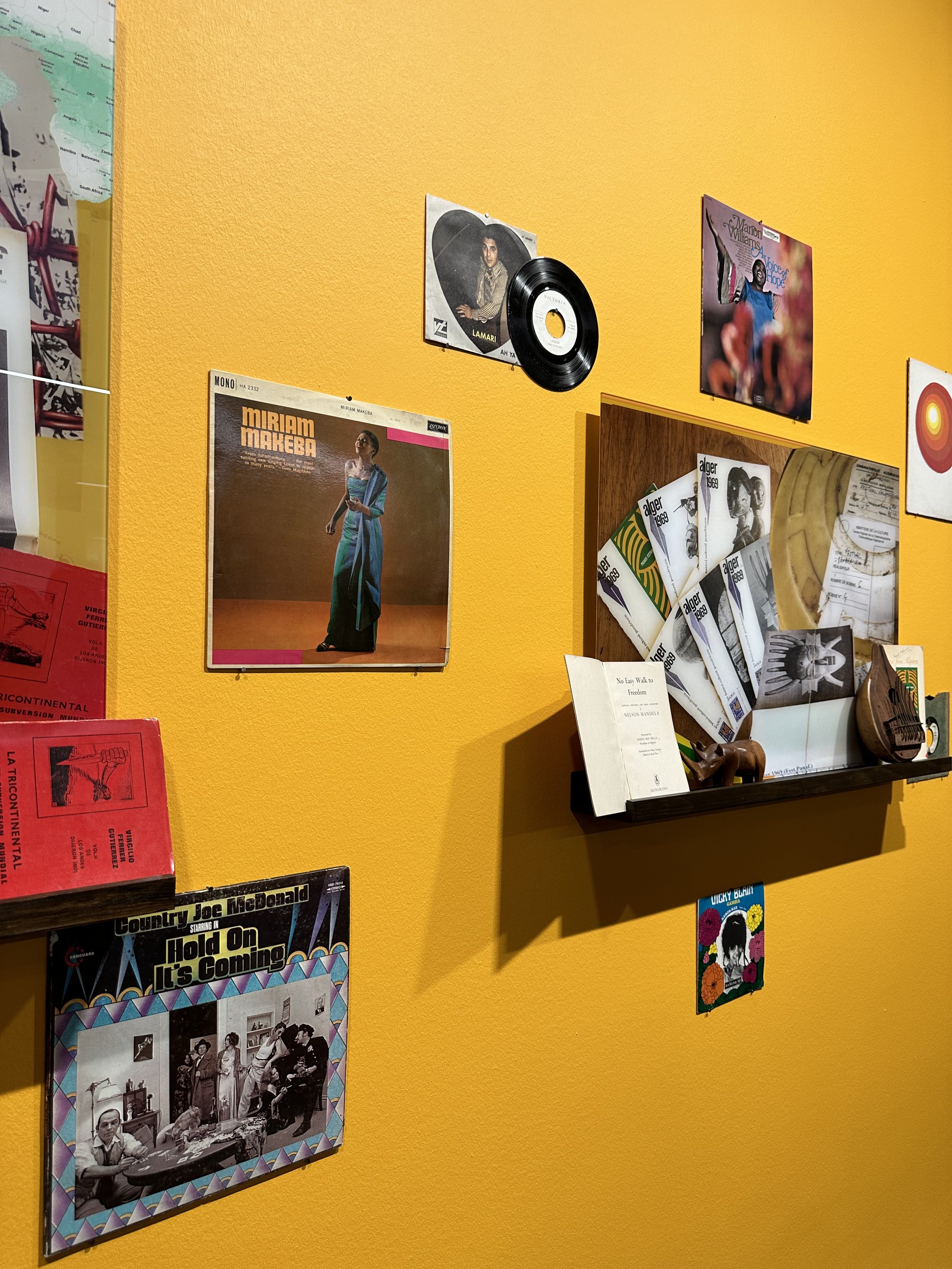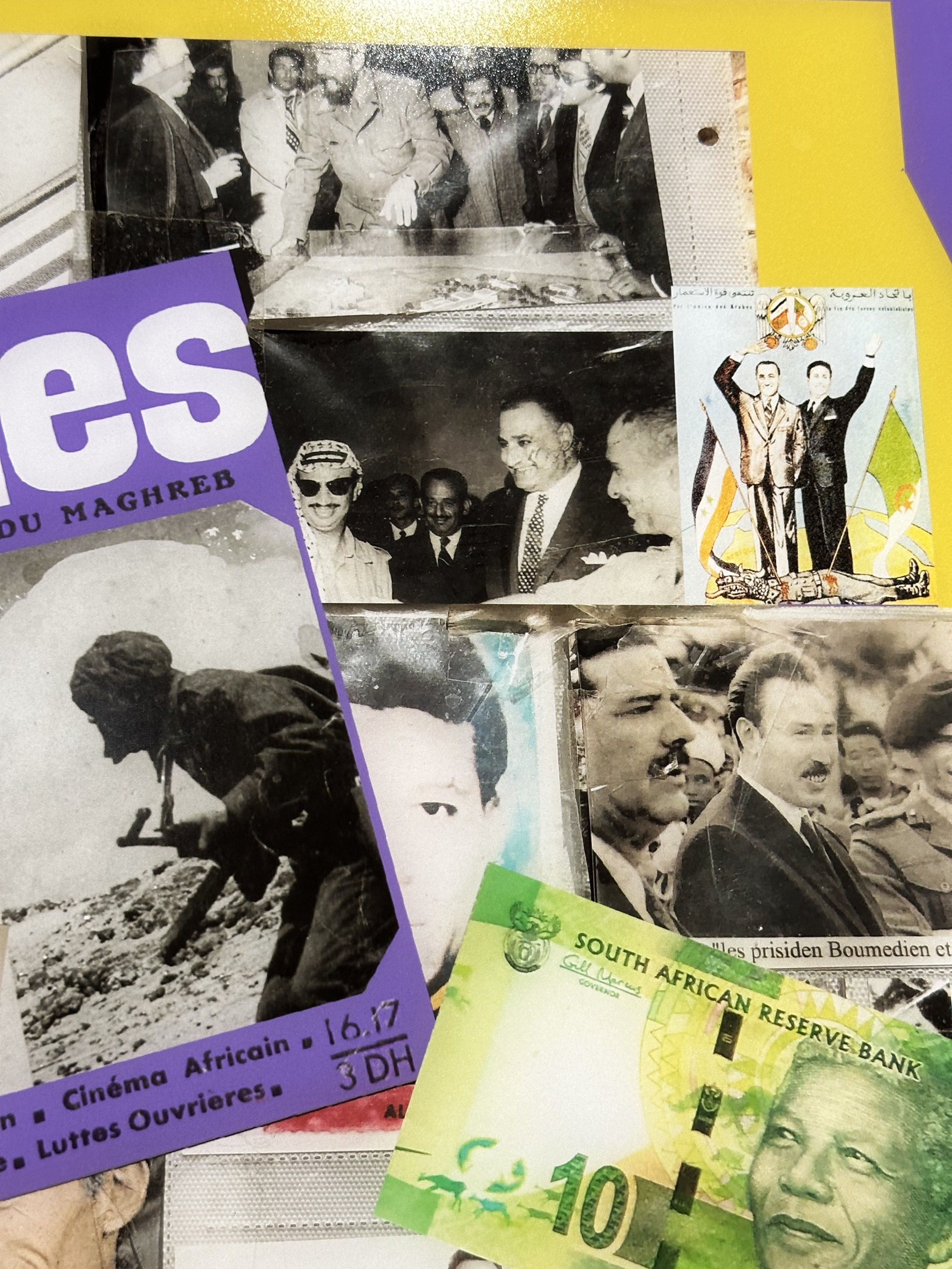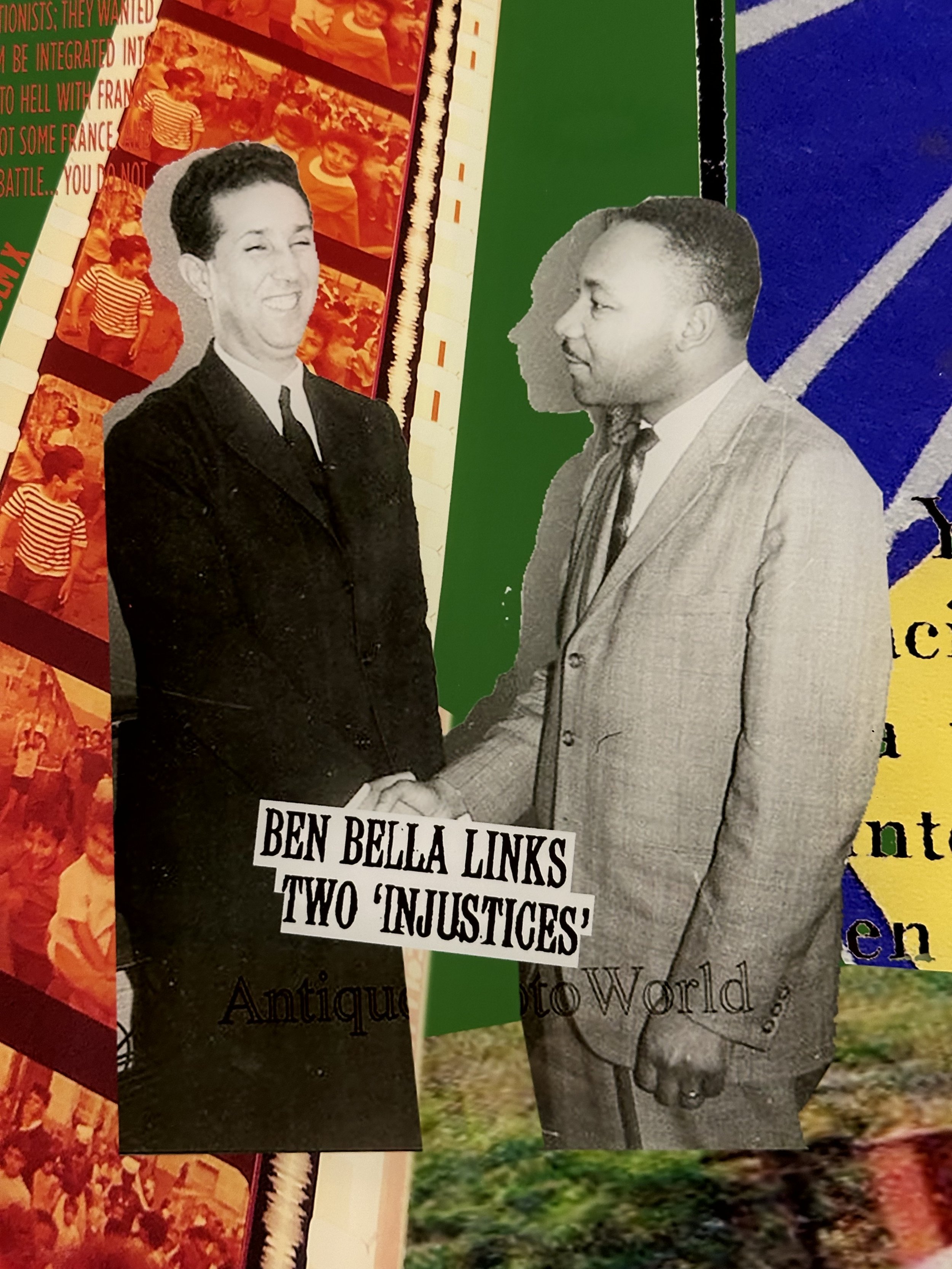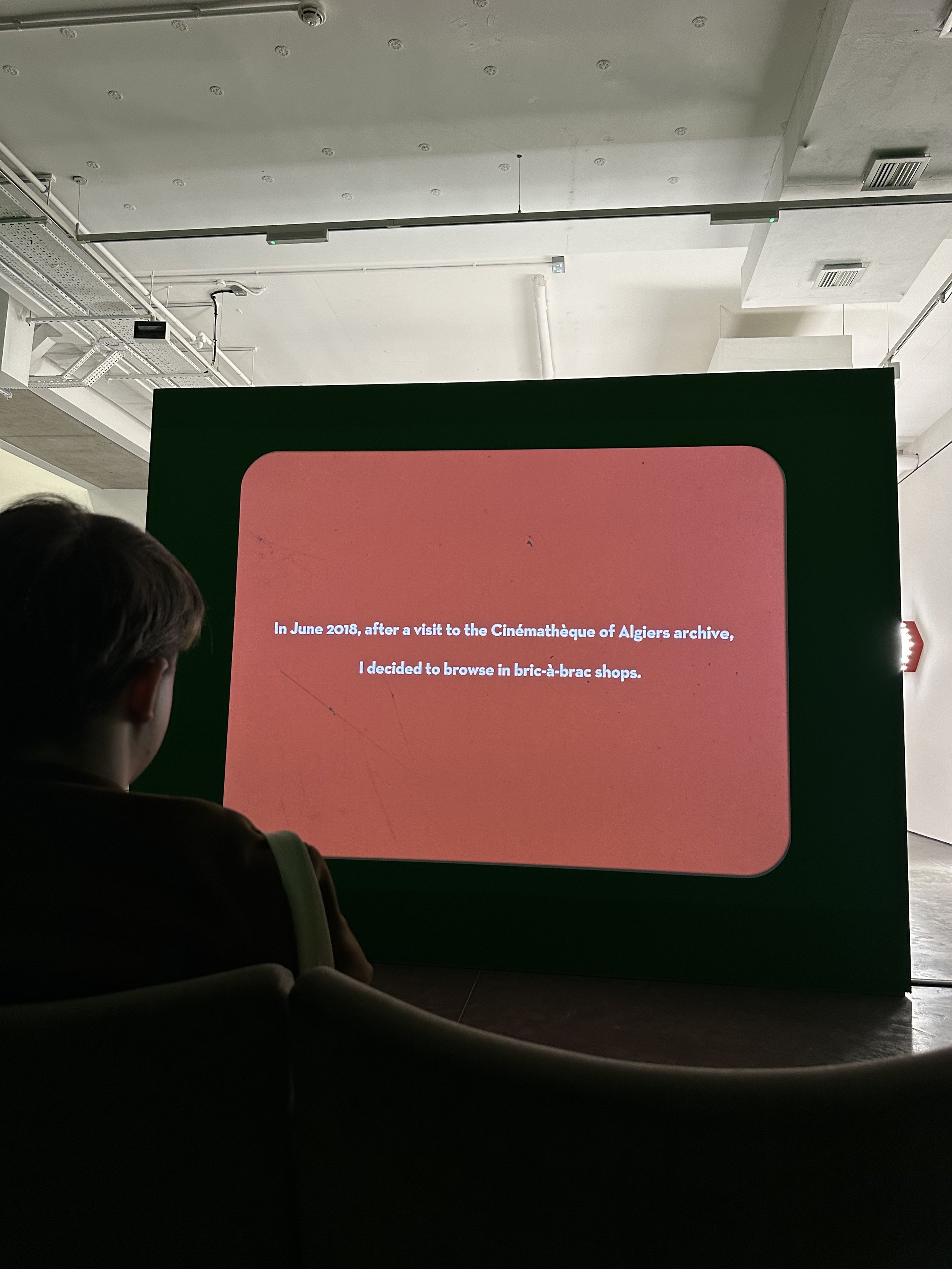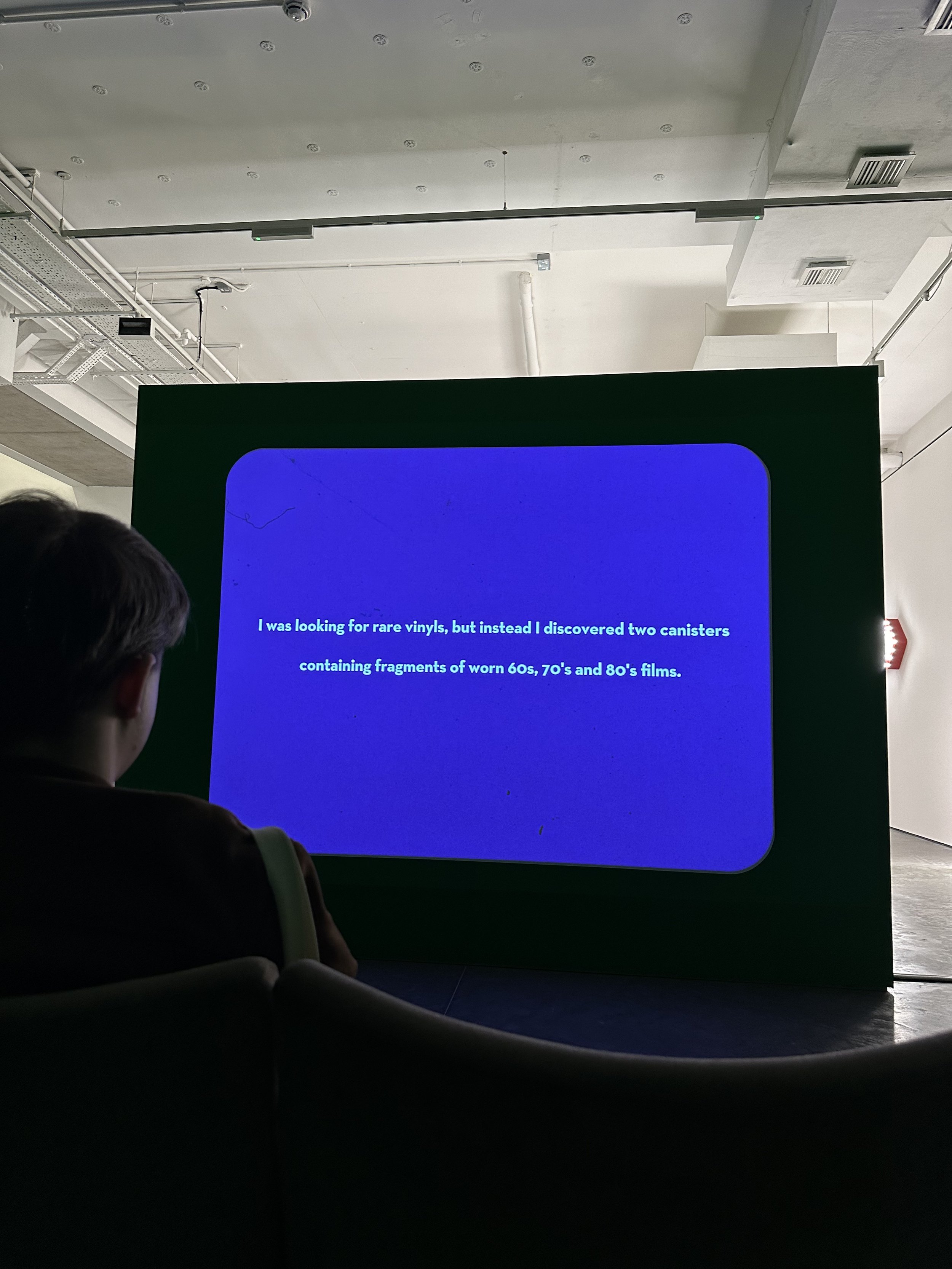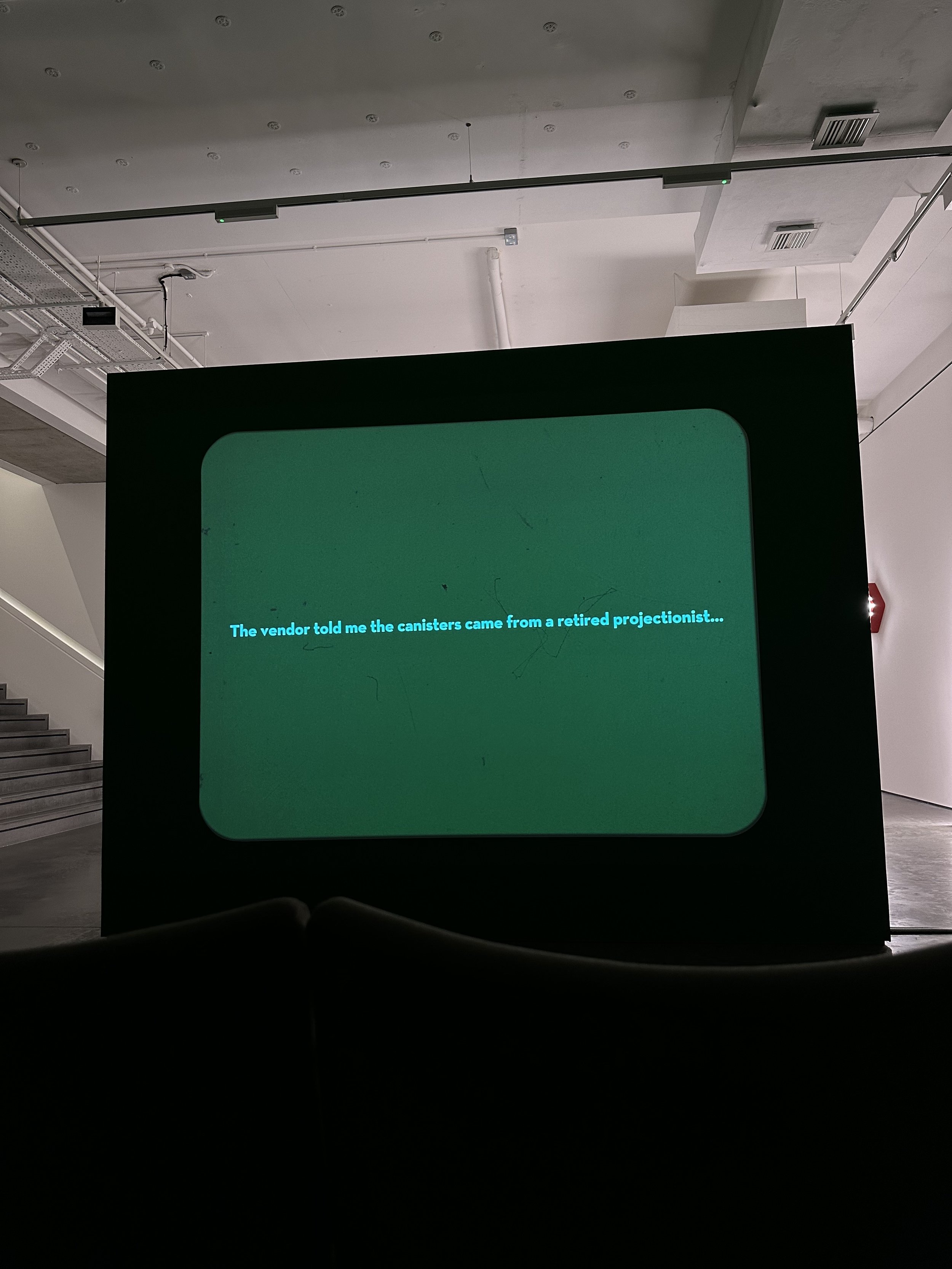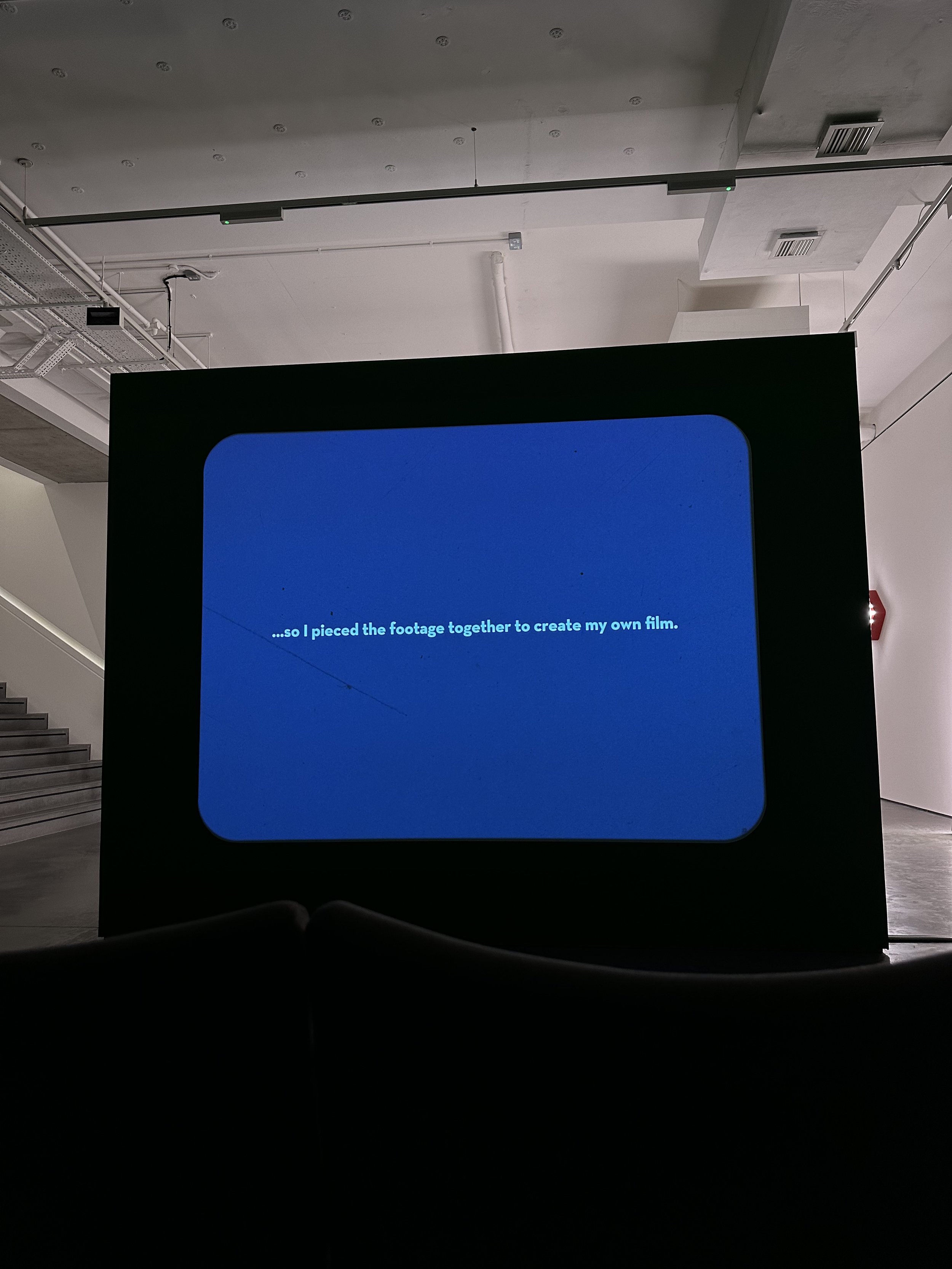Zineb Sedira: Keeping Collective Memory Alive
Zineb Sedira, a French-Algerian artist, addresses the complexity of identity, collective memory, and resistance to oppression via her work. Born in Paris in 1963, just a year after Algeria gained independence, she draws inspiration from her multicultural background, leveraging various materials to explore themes of freedom and postcolonialism.
Zineb Sedira. Photo Courtesy: Musthafa Aboobacker, Third Line Gallery.
In her installation titled "For a Brief Moment the World Was on Fire... and We Have Come Back, 2019" Zedira brings together a collection of archives and memorabilia, ranging from record sleeves to newspaper clippings. The work pays homage to a significant historical moment: the inaugural Pan-African Festival held in Algiers in 1969. This festival, held a few years after Algeria declared independence from French rule in 1962, marked a celebration of African culture and solidarity. It established Algiers as the epicenter of brotherhood and revolution, welcoming oppressed nations from Africa and around the world in the spirit of unity and resistance against imperialism.
Zineb Sedira, For a Brief Moment the World Was on Fire… and We Have Come Back, 2019. Photo Courtesy: Goodman Gallery London.
One will recognize the familiar faces of Nina Simone or Miriam Makeba who performed during the festival, but also of Houari Boumédiène, Che Guevara, Nelson Mandela, or Yasser Arafat amongst other key figures. By bringing them all together in this installation, Sedira reminds us of the revolutionary movements from the era and how Algeria provided support to countries that faced similar struggles. Embedded into the installation is a sentiment of joy, imbued with hope and optimism. Whilst these are clear events from the past, Sedira recontextualizes archival materials and infuses them with her creativity. She therefore manages to bring new life into the past, reminding us of its power to shape our collective memory. In creating a "new archive," Sedira ensures that these stories are preserved, shared, and passed down to future generations, serving as a testament to the resilience and unity of oppressed peoples worldwide.
Zineb Sedira, Headlines, 2023. Photo Courtesy: Goodman Gallery London.
The themes of solidarity and resistance continue to be explored through a series of light boxes using headlines from newspapers and revolutionary pamphlets (The Genocide of Souls, An awakening to the dream of thoughts, Headlines, Our songs will all be silenced, Let the drums beat!). The works emphasise ideas of freedom, brotherhood, and independence by putting them at the front of the scene. She once again infuses joy into her anti-colonial and anti-capitalist narrative through the use of vibrant colors and inspirational words, linking it back to the positivity and optimism felt in the 60s and 70s. By placing her art against the backdrop of Hollywood light boxes, she confronts the viewer with a powerful juxtaposition, challenging conventional narratives and inviting reflection on the intersection of politics and popular culture.
Zineb Sedira, Mise-en-scene, 2019. Photo Courtesy: Artsy
Sedira also looks at fading memory through ‘mise-en-scène (scene 1)’, where she brings together fragments of movies from 1960-1980. Using a mix of home footage and militant films, she intentionally leaves the aging of chemical composition and emulsion to position the video as a poignant commentary on memory and the pitfalls of archival reliance. As visitors sit on authentic vintage cinema chairs from the late 60s, watching these excerpts from the past, they are reminded of the importance of preserving shared stories and heritage in the face of decay and deterioration. Through the inclusion of tears, burns, and other marks, she reminds us that they once belonged to others and invites viewers to imagine the life they may have had. Each archive becomes more than just a relic of the past; it carries new narratives passed down from one generation to another.
Sedira's works have been showcased in numerous solo exhibitions across prominent galleries and institutions worldwide, including the Photographer’s Gallery in London, the Palais de Tokyo in Paris, and the Blaffer Art Museum in Houston, among others. Additionally, her art has been featured in group exhibitions at esteemed institutions such as Tate Britain, Centre Pompidou, and the Brooklyn Museum, as well as in major biennials and triennials like the Venice Biennale and the Sharjah Biennale. She is also the founder of an artist residency ‘Aria’ which aims to promote and support contemporary art in Algeria.
Despite her political subject matters, Sedira sees her art as a means of personal expression and celebration of history rather than pure activism. By leaving space for interpretation, she fosters a more intimate and meaningful connection between the audience and the artwork, ensuring that her message resonates with a diverse range of viewers. Her emphasis on the past reminds us of the need to cherish our history and celebrate it, making sure that it does not fade away. As the world faces ongoing fights for freedom and justice, Sedira's works stand as poignant reminders of past struggles and enduring resilience, inspiring hope for equality and freedom for all.
Current and Upcoming Exhibitions:
Let’s go on singing!, Goodman Gallery, London, until 16 March
Dreams Have No Titles, Whitechapel Gallery, London, 15 February-12 May. (The film version of the work is on display at Tate Britain until September 2024)
Dreams Have No Titles, Cultural Foundation, Abu Dhabi , UAE, 3 October-28 January 2025
Standing Here Wondering Which Way to Go, Calouste Gulbenkian Museum, Lisbon, Portugal, 19 June 2025-22 September 2025
Many thanks to Shannyn Schack on behalf of MADE IN BED.
Lylia Hafiz
Agents of Change Co-Editor, MADE IN BED




